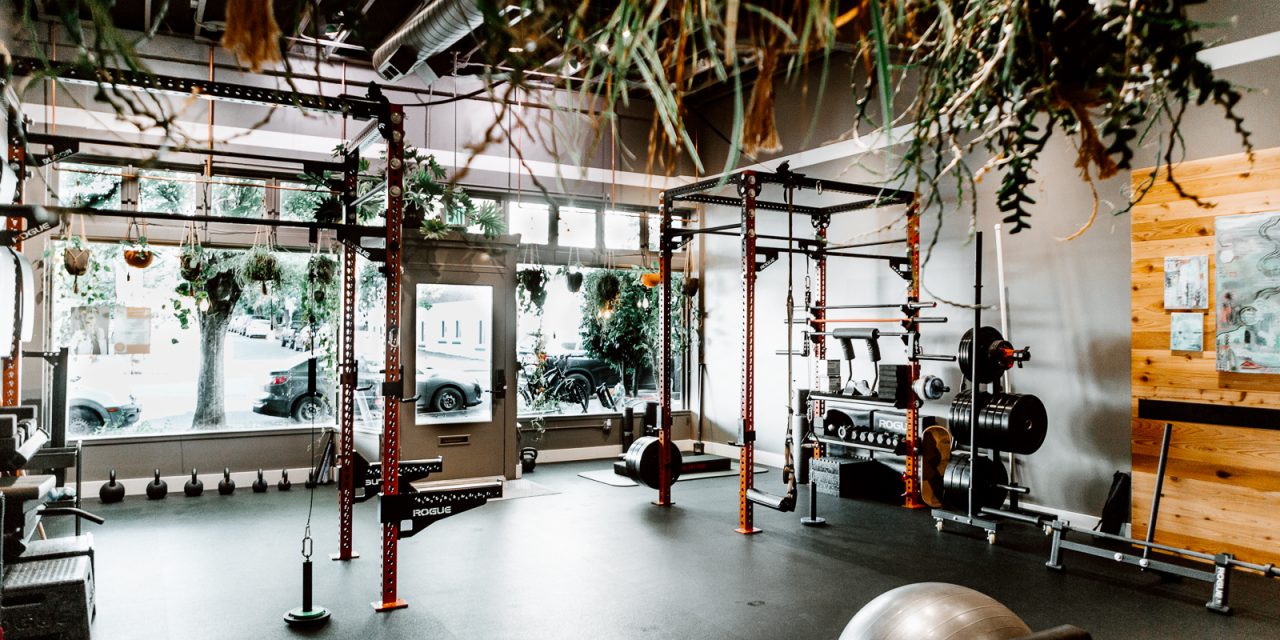About 9 months ago, I took up training in Jiu Jitsu and this got me thinking about the importance of abdominal bracing. Much of the time performing a match (rolling) involves one of the participants to be in the guard position. I quickly realized after the first few sessions that maintaining this position made my abdominal region feel as if the entirety of thermal energy in the universe was being concentrated into my stomach! In the beginning, my abs were extremely sore. Comically sore, which ironically hurt even more because I would laugh at how sore I was, which would make the soreness worse and thus a neverending positive feedback loop had been created.
In all seriousness though this got me thinking about abdominal bracing. This is because while I was sore in the beginning my body began to adapt. After I was able to recover and maintain the position with sufficiency, I noticed that my lower back muscles were much less sore after lower body workouts. I also felt stronger and more stable when performing my weight training in general. Let me explain what may be happening and how we use these principles when treating patients at the clinic.
Many individuals equate “The Abs” to the sole function of flexing the trunk creating the movement of a sit up. While this is one of the functions of “The Abs” The abdominal muscles are much more complex with multiple layers that all have different jobs biomechanically and practically. The rectus abdominis works to flex the trunk, resist extension of the trunk, and depress the rib cage. The external obliques create rotation to the opposite side of the body through the trunk and resist rotation to the same side of the body. The internal obliques create rotation to the same side of the body through the trunk and resist rotation to the opposite side. Both the oblique muscles when co-contracted with the opposite side, aid the rectus abdominis in trunk flexion and rib depression. The transverse abdominis (the deepest layer of abdominal musculature) is a cylindrically shaped muscle that acts as a corset hugging the spine as it contracts in 360 degrees to secure the spine from moving. The diaphragm is a muscle that works on the lung to pull air downwards into the abdominal cavity which works to pressurize the midsection much like a soda can that has been shaken. While this explanation for what “The Abs” functions are is very complex, this can all be simplified to a very basic concept. The abdominal muscles work in conjunction with the other muscles of the trunk to stabilize the spine.
Because the spine is made up of 33 individual vertebrae, this allows for great potential for mobility. This potential for mobility however leaves the spine exposed to experiencing pain due to instability. To combat this instability, the abdominal muscles ideally should work in conjunction with the spinal extensors, psoas, and diaphragm to create rigidity around the spine to avoid any sort of excessive or unguarded movement that would leave the body exposed to a compensated position. The problem with this is when an individual loses the option of controlling what muscles they use to create stability in the spine. In general, the body will usually choose spinal stability before protecting the muscles from experiencing pain from working too hard. This is a very common manifestation of Load Management issues that we regularly observe and address with patients in the clinic.
The correlation we tend to notice in the clinic is that patients who experience low back pain have difficulty accessing sufficient abdominal bracing under load. This means that when they are bending over, getting up from a chair, picking up heavy objects from the floor, performing exercises, walking, running, or any other movement that places load upon the spine that they may not have the option of stabilizing the spine optimally. This could lead to a higher relative demand of maintaining spinal stability to be placed upon a lesser amount of muscles that are available to perform mechanical work. Another correlation that we see in the clinic is that if a patient is experiencing nonspecific lower back pain that working on abdominal bracing can significantly reduce the symptoms of pain, increase their ability to express strength through compound movements, reduce excessive neurological tone present in their lower back muscles, and reduce the psychological apprehension they may have towards performing movements that would normally “flare up” their back.
Current research also supports our clinical observations. A recent study using EMG to analyze muscle activation during bracing found that when their subjects implemented abdominal bracing while walking that the muscle activity of the erector spinae, external obliques, and internal obliques, increased significantly. A systematic review released in 2022 found that motor control training and isometric abdominal bracing training significantly improved function and pain in patients who were experiencing chronic lower back pain.
So to sum everything up, I was experiencing less lower back pain and feeling stronger because my abdominal muscles were getting stronger and increasing their ability to help stabilize my spine. This was confusing to me because my weight lifting sessions always include some variation of an exercise that activates and trains the abdominal muscles ability to stabilize the spine. This got me thinking about what was different about the way I was using my abs during Jiu Jitsu that could explain why this was more beneficial in an everyday setting to my experience of low back pain when compared to the exercises. I came to the conclusion that the matter came down to duration.
When in sparring matches, one must maintain this position for at least five minutes in some cases. If one is performing multiple rounds then they could easily accumulate 20 minutes of sustained abdominal contraction at a much lower relative intensity then say a 15 second 8 rep set at the gym. This means that the long duration lower intensity sustained contraction of my abdominal muscles might have been more reflective of the stimulus imposed onto the midsection to maintain spinal stability throughout everyday life. This intuitively makes sense seeing that most of our day is not all out maximal bouts of strength expression but rather a low grade sustained work effort where muscular endurance is more important. The rolling matches also reflect the unpredictable nature of real life where any moment could yield itself to sudden need for the abs to create spinal stability. This differs greatly from the very predictable nature of performing an exercise with the same technique for every repetition. At Move Better we work with patients to improve their motor control regarding spinal stability so that they have an improved conscious and subconscious awareness of the options their body has to keep their spine stable through daily activities. I cannot stress enough how much success we have with improving patients’ experience of pain with treatment.




